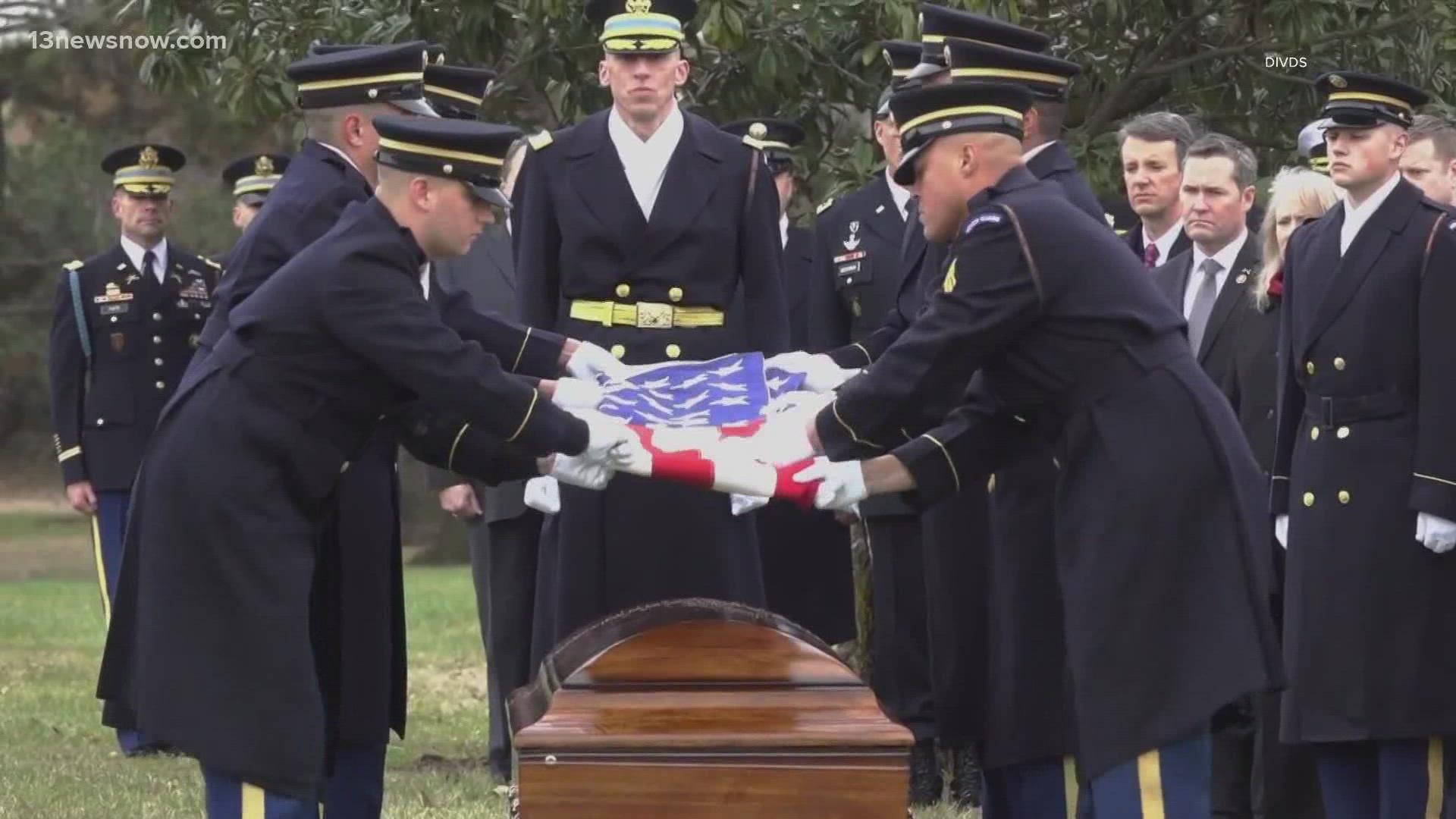WASHINGTON — Seeking solutions to the nation's continuing veterans' suicide epidemic, House lawmakers on Wednesday explored the socioeconomic factors which lead to many vets taking their own lives.
In 2019, the most recent year for which the data is available, 6,261 veterans died by suicide.
If there's any good news, a 2021 report from the Department of Veterans Affairs (VA) showed the overall veteran suicide count and rate decreased in 2019 from 2018 and 2017.
"These numbers are more than statistics, they reflect individual lives ended before their full stories were written," said Susan Black with the VA, testifying before the House Veterans Affairs Subcommittee on Economic Opportunity.
Lawmakers heard there's not one singular cause, but many.
"Financial strain, an unanticipated loss of employment, lack of affordable housing and access to health care can be overwhelming," said Joy Illem, the Disabled American Veterans' national legislative director. "Regrettably, these kinds of readjustment struggles have too many veterans suffer hopelessness and despair."
The subcommittee's chairman, Rep. Mike Levin (D-California), was moved.
"It's heartbreaking to review the statistics of how these factors correlate with veterans' suicide, each of which represent the individual lives lost," he said.
The Biden administration's Fiscal Year 2023 budget proposal for the VA includes $13.9 billion to improve veterans' mental health care services and $497 million to support veteran suicide prevention initiatives.
In May, the VA launched a 10-year, $20 million initiative called Mission Daybreak to develop new suicide prevention concepts.
VA Secretary Denis McDonough said: "To end veteran suicide, we need to use every tool available."

